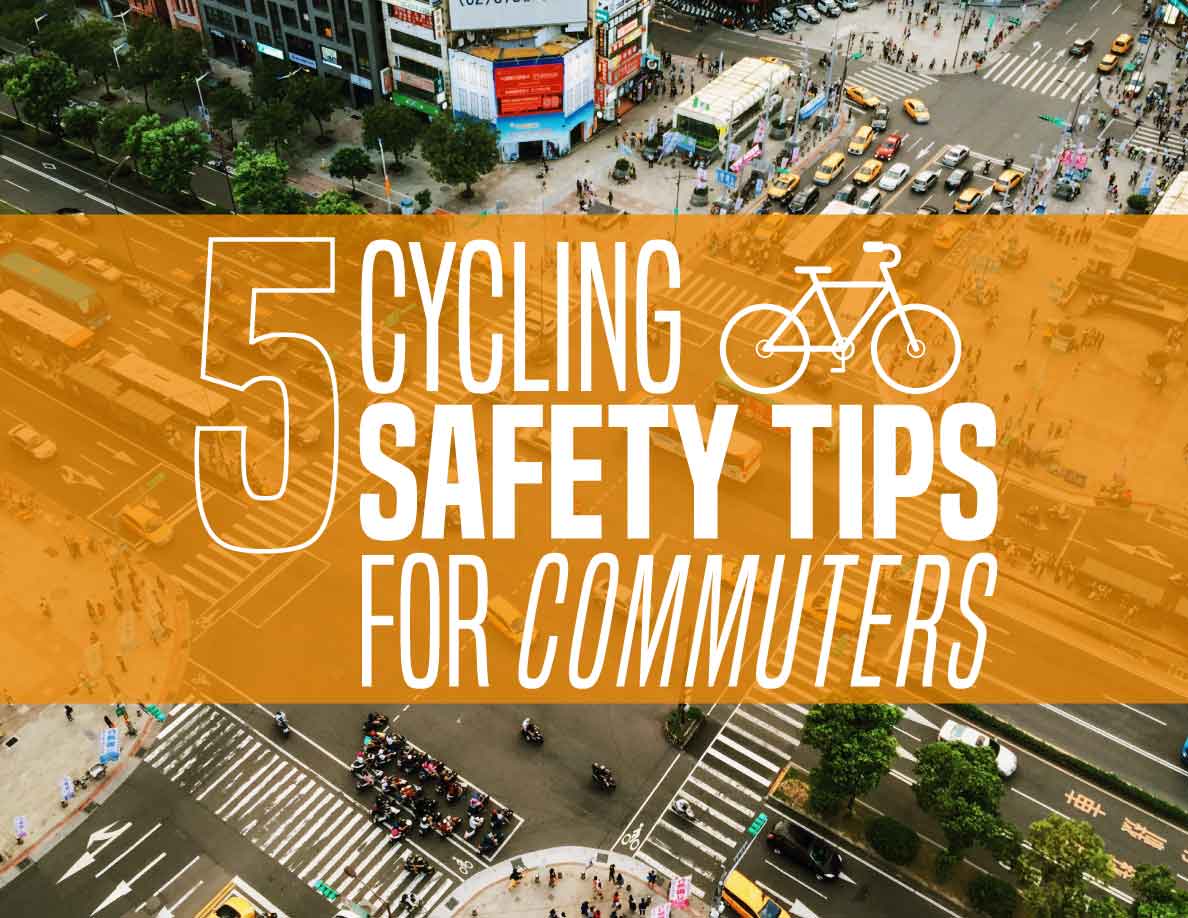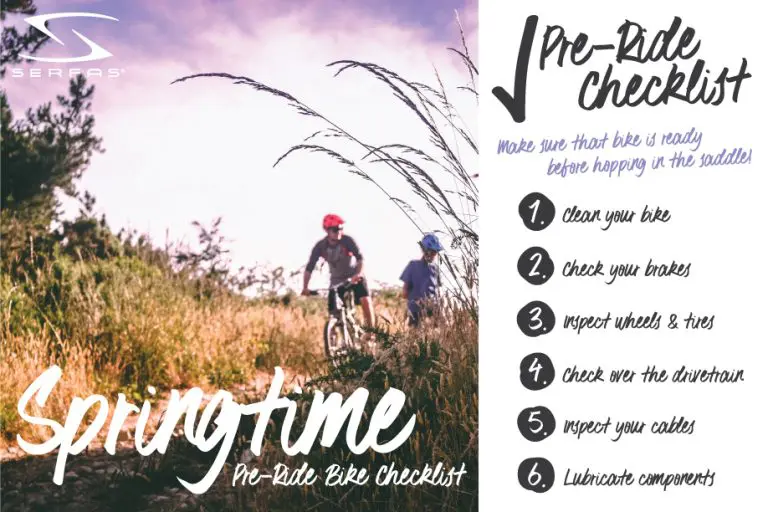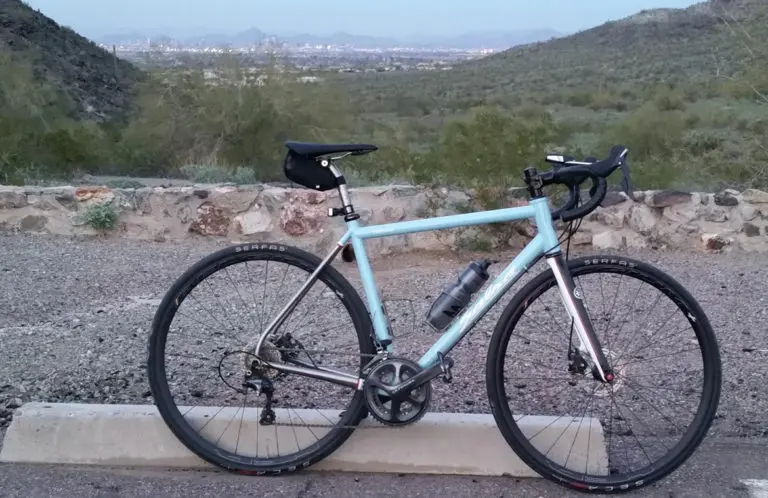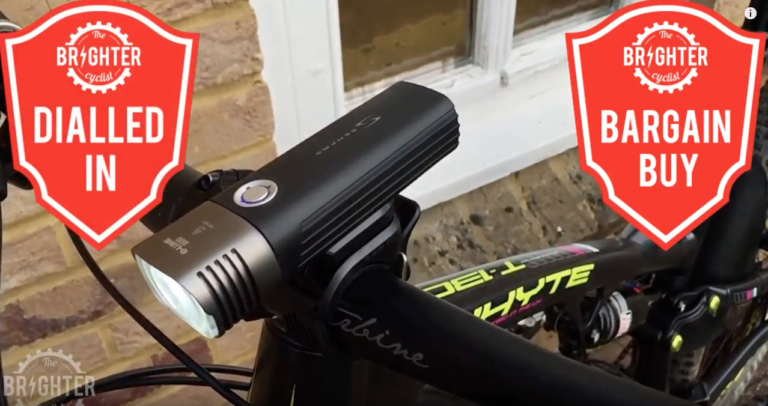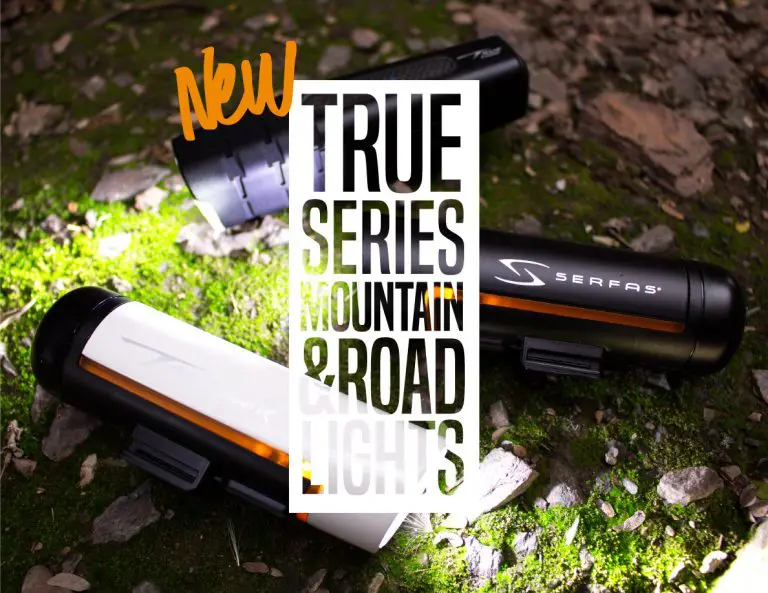5 Cycling Safety Tips For Commuters
Be smart and keep safe while biking to work in an urban environment.
The following 5 Cycling Safety Tips For Commuters can be utilized on your way to work, or wherever you want to go, that involves riding a bike on shared roads.
1. First Thing’s First… Wear A Helmet
We know we know, we aren’t your parents… but if you’re old enough to ride a bike then you probably know better than to forego wearing a helmet to protect your skull and brain. Forget about feeling un-cool or trying to keep that hair pristine before getting to work, instead, anticipate these sorts of things and leave your place of departure early enough to have time to freshen up. By not wearing a helmet it can communicate to others that your well-being and safety is not important, and if you’re reading this, we doubt that’s how you truly feel — plus, if you crash and hit your head without and helmet it’s going to hurt A LOT. Be smart and wear a helmet!
2. Keep Your Head Up, Stay Alert, Think Ahead
It’s important to keep aware of your surroundings and up the ante on your situational awareness whenever you hop on your bike to go somewhere, over time this becomes easier and will feel more instinctive and natural to accomplish as you gain experience as a commuter.
- Be careful passing stopped vehicles. A car door can abruptly swing open and directly into your path leaving no time to react. Instead treat every vehicle you pass as though the door may swing open, as you pass vehicles leave at least enough space so if a door were to open it would not be in your way.
- Exaggerate eye contact, body language, and ride posture to help make extra distinguishable to pedestrians and drivers your intentions. An example sample scenario: as you approach an intersection while the light changes to yellow, if you intend to continue on through the intersection you can stand up on your pedals and lean forward while pedaling more quickly to visually communicate your decision to proceed through the intersection.
- Become familiar with and utilize cycling hand signals – (View Downloadable NHTSA Cycling Hand Signals Visual Guide Here)
- This may be obvious, but always proceed with caution even when a courteous motorist yields to your presence and waves you on, just because one kind driver has acknowledged you doesn’t mean that the guy quickly pulling up behind or beside them will do the same thing.
- Watch out for wet slick surfaces in your path. Metal sewer and drain covers, temporary road construction steel cover plates, leaked motor oils, etc.
- DO NOT wear headphones or earbuds while cycling. Cycling requires your full attention and by obstructing your decision making and situational awareness by wearing headphones deters your full ability to safely operate a bike.
3. Don’t Pass Across The Front of Pedestrians
It is human nature people can be a little jumpy and unpredictable in their behaviors, we’re sure most of us has had a moment where we find oneself walking toward another person on a sidewalk and although you see each other you both start doing the I’m going this way and they go the same way and you go the other way and they go that way dance. When you’re on your feet and walking this is fine, awkward… but fine, but when you’re on a bike you definitely want to avoid this little do-si-do maneuver. The good news is the unpredictability of this behavior is actually fairly predictable, meaning, a pedestrian will most often instinctively move forward to get out of the way of danger than go backwards — so take advantage of this and make a conscious effort to only pass behind people instead of in front of them.
4. Assume You Are Invisible To Motorists and Pedestrians
It’s easy to get stuck in a passive do-gooder mindset where for instance you see a motorist drive up to a 4-way stop as you approach on your bike, they then barely slow down and continue on through the intersection. You can think, “hey that guy didn’t stop, that’s not legal, if he had hit me it is his fault,” or instead, you can be the person who realizes, “hey that guy didn’t stop, it’s a good thing I anticipated this possibility and I slowed down.”
Legal or not if you get hit by a car it’s going to be the same kind of bad regardless of who is at fault. Rather than entrusting your safety to others it’s best to assume one-hundred percent responsibility and keep your personal safety in your own hands. When you’re sharing the road it’s safest to assume you are invisible to those around you, with this mindset it will encourage you to better proceed with caution and help you navigate scenarios with a more open mind to better anticipate potential dangers.
5. See and Be Seen. Headlights, Taillights, and Hi-Vis
As a cyclist, especially as a commuter, although it is best to mostly assume invisibility to motorists and pedestrians there are precautionary measures that can drastically improve the likelihood of your visibility while riding.
- Headlights — Use a bright forward facing headlight not only to light your path when it is dark but also use it to add front-facing attention grabbing visibility to your ride. Features to look for include: high capacity rechargeable batteries, long lasting high quality white color LED, several light output modes: flashing/solid, and easy installation/removal. Flash modes are perfect for daytime use because it will help conserve battery life and the bright flashing patterns will draw more attention. When it is dark outside a headlight will illuminate your path and help you discover obstacles and potential hazards on the ground.
- Taillights — Use a bright rear facing taillight not only during the nighttime but also to gain attention grabbing rear visibility during the daytime. Features to look for include: long lasting high capacity rechargeable batteries, high output red color LED light, various light output modes featuring: flashing/solid, and easy installation/removal. Flash modes are a perfect solution for both day and nighttime riding, especially when trying to conserve battery life compared to a steady solid light mode. Also, look for helmet mountable rear-facing tail lights for additional safety and added visibility. Helmet safety lights are especially great because they are located up higher than frame-mounted taillights and move along with the turning of the cyclists head.
- Hi-Vis — Short for, “High-Visibility.” Hi-Vis clothing and/or bicycle accessories can add visibility to the cyclist and bike by way of colors scientifically proven to enhance visibility to the human eye, these colors are typically a sort of neon yellow/orange/green color. — Stay tuned for Serfas© new Hi-Vis Metro helmet color options as well as two new helmet models available with Hi-Vis color options — the Kilowatt, and Incline.
- Saddle Bags, Panniers, Frame Bags, etc. — Cycling bags are often designed with added reflective safety conscious features and taillight attachment points to improve visibility. Adding bags to a bike, especially panniers which are side-mounted, are a smart functional way to increase road presence by physically taking up more space which can encourage passing vehicles to give you more room.
View Our Selection of Headlights, Tail Lights, Bags, Mirrors, and Helmets

Article References, 5 Cycling Safety Tips For Commuters, Serfas® Blog Post:
- How Not To Get Hit By Cars; https://bicyclesafe.com/ – Date Accessed: 7/26/2018
- 5 Safety Pointers For The Urban Cyclist; https://www.bicycling.com/news/a20023813/5-safety-pointers-for-the-urban-cyclist/ – Date Accessed: 7/30/2018
- 13 Tips For Your First Bike Commute; https://www.active.com/cycling/articles/13-tips-for-your-first-bike-commute – Date Accessed: 7/30/2018

